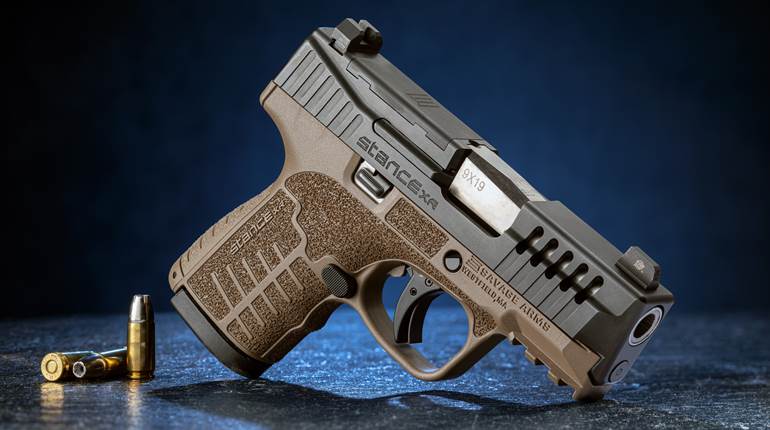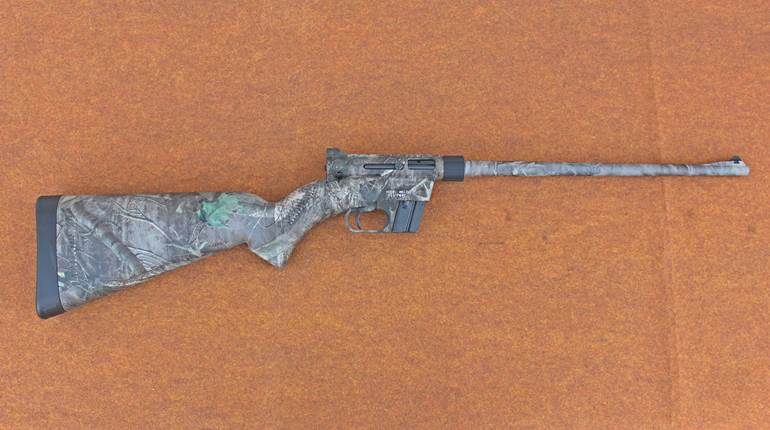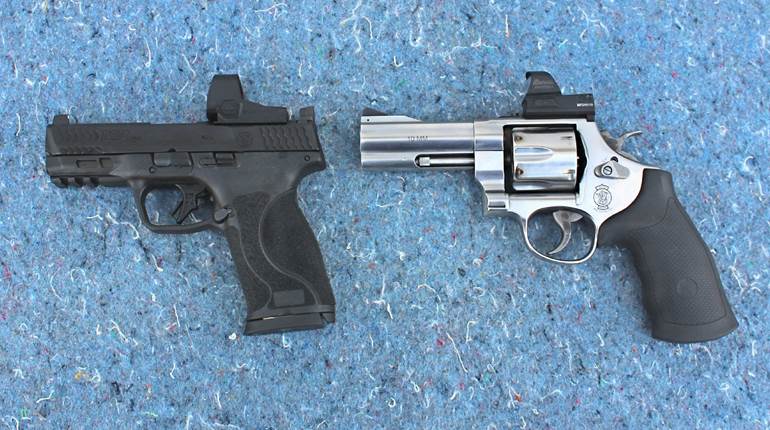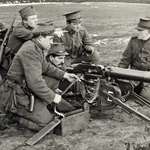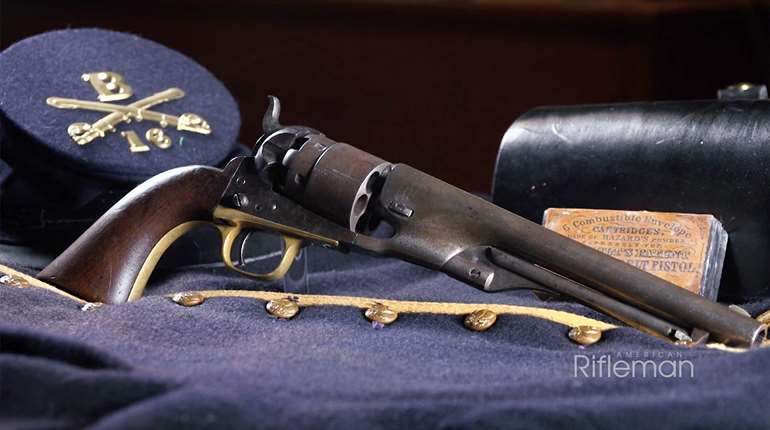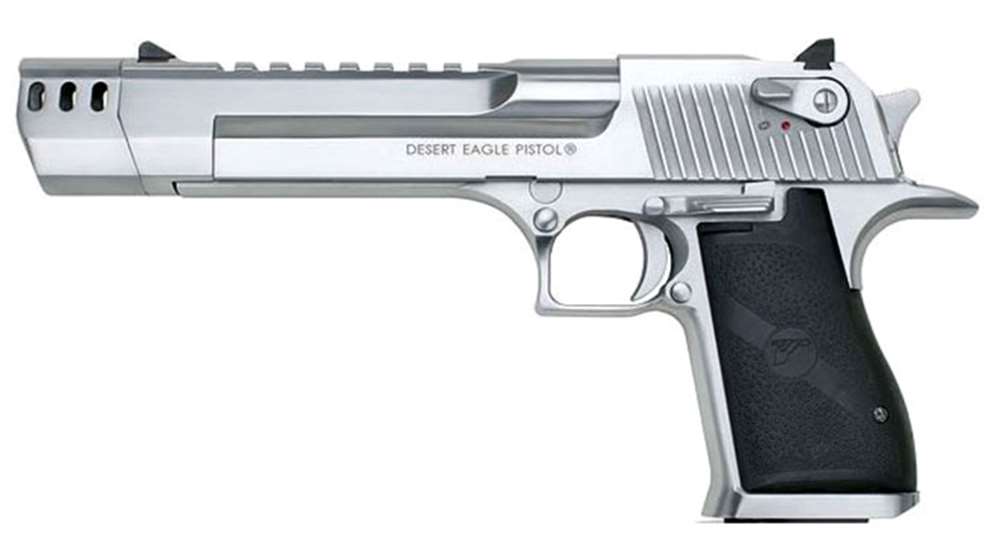
The Magnum Research, Inc. Desert Eagle Pistol is an unusual semi-auto that enjoys a nearly universal level of recognition thanks to its regular appearance in movies, television shows and video games. In production for over three decades now, this massive pistol's long and colorful history generates plenty of questions in on-line discussions. To find the answers to nine of the top questions folks have about this beefy big-bore semi-auto, we went straight to the expert with the inside story: master gunsmith, designer and director of manufacturing for Magnum Research, Jim Tertin. Here's a countdown of what we learned:
9. Wasn't the Desert Eagle originally developed in Israel?
The pistols were first manufactured by IMI (Israeli Military Industry, Ltd.), an Israeli defense contractor. However, IMI was a subcontractor of Magnum Research. They had no ownership of the design. IMI went through some internal restructuring and all of the commercial enterprises the company was involved in were sold to IWI (Israel Weapon Industries, Ltd.). In 2006, Magnum Research started to engineer production of the Desert Eagle in Pillager, Minn. By 2008, the first U.S.-made Desert Eagles were delivered starting at serial number DE0001000. Today, the pistols are manufactured using all American components.
8. Besides its obvious girth, what sets the Desert Eagle apart from other semi-autos?
This pistol should really be thought of as a hand-held rifle, and not just because it shoots big rounds. Most of the pistols on the market have blow-back or recoil-operated actions of one type or another. The Desert Eagle, on the other hand, employs a gas-operated action comparable to the AK-47 rifle with a multi-lug rotary bolt similar to that of an AR-15 rifle, minus the bolt carrier. In fact, this proven Magnum Research bolt design was adopted by IWI for use in its Tavor bullpup rifle.
7. How many versions of the Desert Eagle are there?
There are three major iterations of the pistol including the Mark I, Mark VII, and the Mark XIX. It can be a little confusing to tell which is which because the Mark-level designations are not stamped into the guns. The first production model was the Mark I chambered for .357 Magnum (1983) and .44 Magnum (1986). It was available in 6", 10", and 14" barrels with a distinctive 3/8" dovetail rib on top of the barrel. These were all imported from Israel.
The exterior of the Mark VII (1989) looked like the Mark I, but featured some important changes, including a two-stage trigger, a re-designed safety lever and an enlarged slide release.
In the mid 1990s, the Desert Eagle platform was overhauled to accommodate the new and powerful .50 Action Express cartridge, making it the first .50-caliber semi-auto pistol on the market. Dubbed the Mark XIX, this version of the pistol required a larger slide and barrel diameter than previous models in order to accommodate the bigger cartridge. At the same time, interchangeable barrels chambered for .44 Magnum and .357 Magnum were developed to allow the Mark XIX to fire all three calibers using the same frame and slide. This 3-caliber Desert Eagle replaced the Mark I and Mark VII versions and is still in production today.
6. Do you have to own a Mark XIX in order use caliber-conversion kits?
Because the Mark I and Mark VII pistols have smaller diameter barrels and lighter slides than the Mark XIX, the old barrels will not work with the new slides, and vise versa. However, the dimensions of the Desert Eagle frame have not changed over the years. And so, technically speaking, it is possible to fit a complete Mark XIX slide and barrel assembly to an Mark I or Mark VII frame, if you really want to spend the money to do so.
5. Wasn’t the Desert Eagle Chambered for the .41 Magnum and .440 Cor-Bon? Where did they go?
The short-lived .41 Magnum cartridge was an ideal fit for the Mark VII platform. The caliber conversion worked reliably but it was a frustrating product from a marketing standpoint. When the .41 barrel was out of stock, customers asked for it, but when it was in stock, no one would buy it. Since the .41 Magnum was not a commercial success, the barrel was discontinued.
The .440 Cor-Bon round consists of a .50 AE cartridge case necked down to accept .429-caliber bullets. It is a fast, flat-shooting round with less recoil than the .50 AE. However, the .440 Cor-Bon pistols and barrels were discontinued because the ammunition was unreliable. Cor-Bon had difficulty creating and holding the shoulder position on necked down .50 AE brass. This resulted in rounds with varying headspace and thus poor function in the pistol.
4. The Desert Eagle is an action-movie icon. What was the first Hollywood movie it appeared in?
There were two movies released in 1985 featuring the Mark I. The first to reach theaters in August of that year was Year of the Dragon.The second film, arriving just a few weeks later in October, was the Arnold Schwarzenegger action flick Commando. Both films set the stage for the Desert Eagle pistol to become a popular movie prop.
3. Are there any movie stars who kept their Desert Eagle after using it in a movie?
That's hard to say. The pistols are sent to a motion pictures studio prop house in California where they are converted to fire blanks. Once they are shipped out, Magnum Research really has no practical way to keep track of them.
2. Is there a rare or hard-to-find version of the Desert Eagle which has become a collector's item?
Early on, IMI made a few aluminum-framed .44 Magnums. These may be the rarest version out there, but they do pop up for sale occasionally.
1. What is one of the most common customer questions asked about the Desert Eagle?
Of all the questions Magnum Research has fielded over the years about the Desert Eagle, one crops up more often than most: Which military or police forces around the world have adopted the Desert Eagle as their standard-issue sidearm? The answer is: none of them. Although this pistol is popular for target shooting, hunting, and as a movie gun, it seems the armed forces of the world are sticking to smaller pistols, at least for now.












